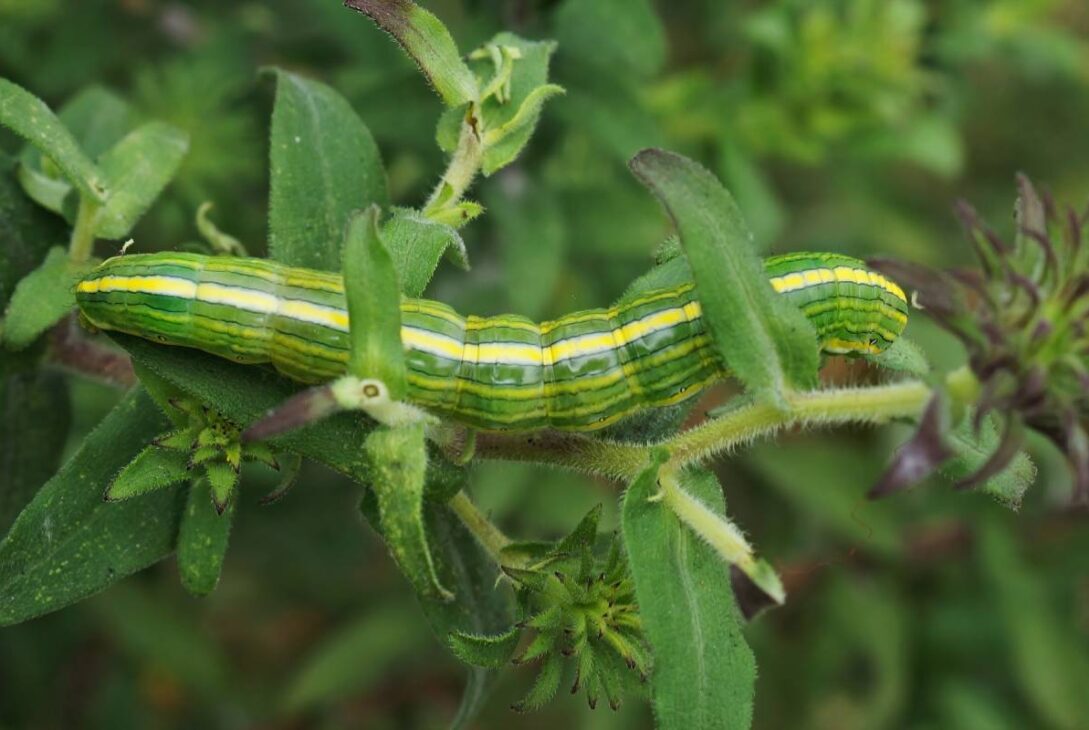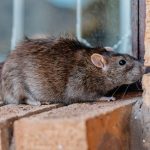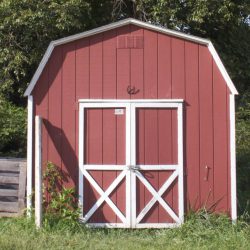Caterpillars are pretty cool bugs that you can find crawling around in your garden. They’re really interesting to watch and can be a bit worrisome for gardeners and nature lovers. But did you know that caterpillars are actually super important for the environment? They come in all sorts of colours and have big appetites.
In this article, we’ll take a look at these fascinating creatures, their habits, why they matter, and what you can do if you find them in your garden. By knowing more about caterpillars and how they live, you can make smart choices about how to deal with them in your outdoor spaces.
What are caterpillars?
Caterpillars are the larval stage of insects belonging to the order Lepidoptera, which includes butterflies and moths. They are known for their distinct appearance, with elongated bodies usually adorned with vibrant colours or patterns. Caterpillars are voracious eaters, primarily feeding on plant leaves. During this stage, they undergo significant growth, shedding their exoskeleton several times to accommodate their increasing size.
Caterpillars play a crucial role in ecosystems as they serve as a food source for various animals, including birds, reptiles, and other insects. After completing their growth phase, caterpillars undergo metamorphosis, transforming into pupae and eventually emerging as adult butterflies or moths. This transformation allows them to adopt new behaviours and ecological roles, such as pollination in the case of butterflies.

Why does my garden have caterpillars?
Finding caterpillars in your garden is quite common, as they are attracted to the abundance of food sources available in plant foliage. There are a few reasons why your garden might have caterpillars:
- Food Source: Caterpillars primarily feed on plant leaves, so if you have a variety of plants in your garden, it’s likely to attract caterpillars searching for food.
- Habitat: Gardens provide an ideal habitat for caterpillars, offering shelter, moisture, and a variety of plants to feed on. They may also find suitable locations to pupate and transition into their adult stage.
- Butterfly and Moth Activity: If you have flowering plants in your garden, they may attract adult butterflies or moths looking for nectar. These insects lay eggs on nearby plants, which hatch into caterpillars.
- Seasonal Patterns: Caterpillars often appear in gardens during specific seasons when their preferred host plants are in abundance or during periods of peak insect activity.
Even though caterpillars can munch on plant leaves and cause some damage, they’re pretty important for the ecosystem. They help add to the diversity of nature and provide food for birds and other useful bugs.
If you’re okay with caterpillars in your garden, you don’t need to do anything, but if you want to manage them, you’ve got some options. You can pick them off plants by hand, use natural predators to control them, or put up barriers to protect vulnerable plants.
What are commonly found caterpillars in Australia?
Australia is home to a diverse range of caterpillar species due to its varied ecosystems and climates. Some common caterpillars found in Australia include:
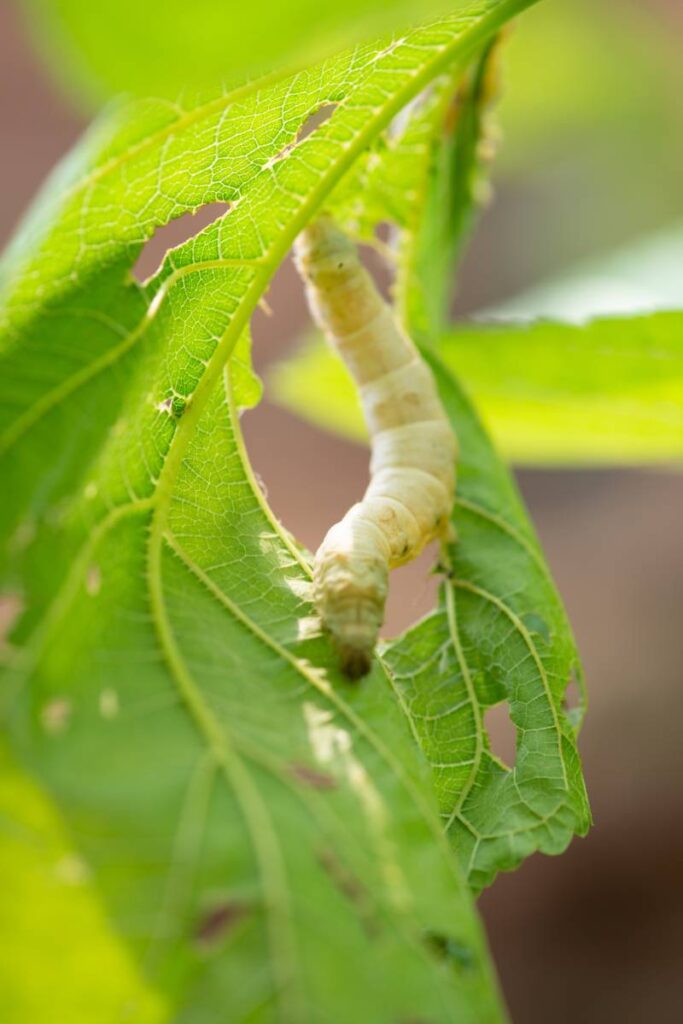
- Cabbage White Caterpillar (Pieris rapae): These caterpillars are known for feeding on cabbage family plants, such as broccoli, cauliflower, and cabbage. They are a common pest in vegetable gardens.
- Eastern Tent Caterpillar (Malacosoma americanum): While not native to Australia, this species has been introduced and can be found in parts of the country. They build silk tents in the branches of trees and feed on leaves.
- Gumleaf Skeletonizer (Uraba lugens): These caterpillars are known for feeding on the leaves of eucalyptus trees, particularly gum trees. They can be a pest in forests and urban areas where eucalyptus trees are prevalent.
- Loopers (Family Geometridae): This diverse family of caterpillars includes species with a characteristic looping movement when they walk. They feed on a wide variety of plants and can be found in various habitats.
- Processionary Caterpillars (Thaumetopoeidae): These caterpillars are known for forming long processions as they move in search of food. They are often found in eucalyptus forests and can be a concern due to their irritating hairs and the damage they cause to trees.
- Common Crow Caterpillar (Euploea core): The caterpillar of the common crow butterfly feeds on toxic plants like milkweed. They are often found in gardens and natural habitats throughout Australia.
These are just a few examples, and there are many more species of caterpillars found across Australia, each adapted to its specific ecological niche and host plants.
How do I know which one is a good or bad caterpillar?
Deciding if a caterpillar is a friend or foe depends on what you want for your garden or surroundings. Here are some things you can think about when you’re checking out caterpillars:
- Feeding Habits: Some caterpillars feed on plants that are considered pests or weeds, which can be beneficial if you’re trying to control those plants. Others may feed on valuable ornamental or crop plants, causing damage.
- Ecological Role: Caterpillars play a vital role in ecosystems as they serve as food for various animals, including birds, reptiles, and other insects. If you value biodiversity and want to support local wildlife, having caterpillars in your garden can be beneficial.
- Butterfly or Moth Species: Caterpillars are the larval stage of butterflies and moths, many of which are pollinators and contribute to the health of ecosystems. Supporting these species by providing habitat and food sources for caterpillars can be considered positive.
- Potential Harm: Some caterpillars possess defensive mechanisms such as irritating hairs or toxins that can cause harm to humans or pets if touched or ingested. In such cases, it’s essential to be cautious and avoid direct contact with these caterpillars.
- Extent of Damage: Assess the level of damage caterpillars are causing to your plants. If they are significantly impacting the health or appearance of your garden, you may need to take action to manage their populations.
So basically, whether you think a caterpillar is “good” or “bad” depends on your own preferences. But don’t worry, there are ways to manage those pesky caterpillars without harming the helpful ones. Integrated pest management techniques can help you strike a balance between supporting the good guys and tackling the ones that are causing damage.
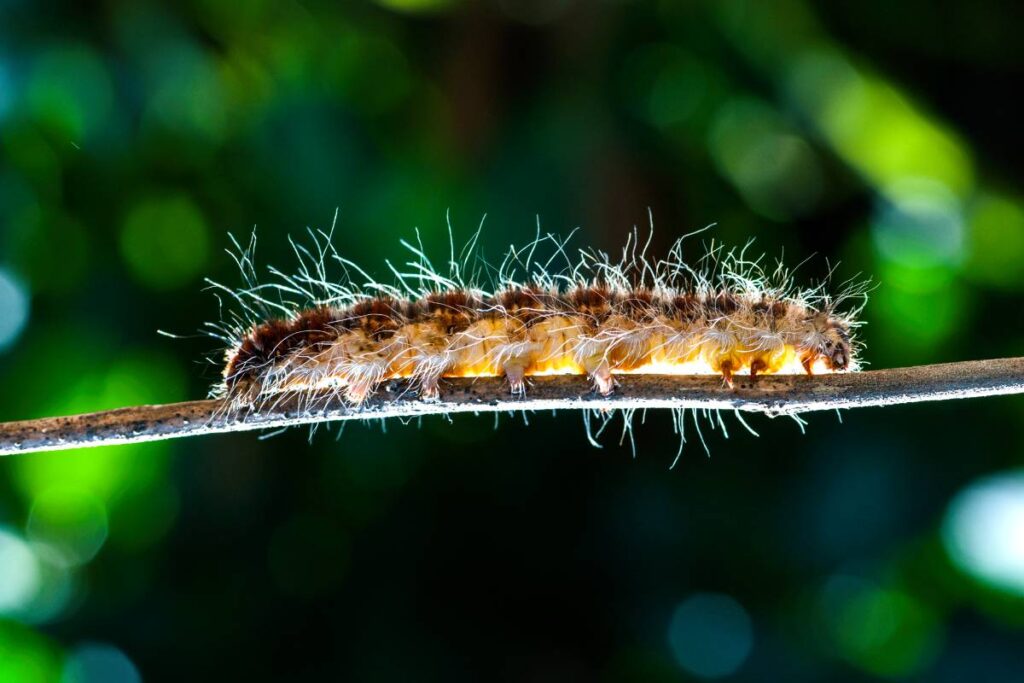
Should I get rid of caterpillars in my garden?
Whether you should get rid of caterpillars in your garden depends on several factors:
- The extent of Damage: Assess the level of damage caterpillars are causing to your plants. If they are significantly impacting the health or appearance of your garden, especially if they are feeding on valuable ornamental plants or crops, you may need to take action to manage their populations.
- Tolerance for Damage: Consider your tolerance for damage in your garden. Some gardeners are more tolerant of caterpillars and accept some level of damage as a natural part of the ecosystem. Others may prefer to minimize damage to maintain the aesthetic appeal of their garden.
- Desired Wildlife: If you value biodiversity and want to support local wildlife, having caterpillars in your garden can be beneficial. Caterpillars serve as food for various animals, including birds, reptiles, and other insects, contributing to the overall health of the ecosystem.
- Safety Concerns: Some caterpillars possess defensive mechanisms such as irritating hairs or toxins that can cause harm to humans or pets if touched or ingested. In such cases, it’s essential to be cautious and consider removing or controlling populations of these caterpillars.
- Integrated Pest Management: Integrated pest management (IPM) techniques can help you strike a balance between supporting beneficial caterpillars and managing populations that may be causing undesirable damage. This approach involves using a combination of cultural, physical, biological, and chemical control methods to minimize pest populations while minimizing harm to beneficial organisms and the environment.
At the end of the day, it’s up to you whether you want to kick caterpillars out of your garden. It all boils down to what matters most to you, what you value and what your gardening goals are. Take a few moments to think about these factors before making a decision that feels right for you and your garden.
In conclusion
Caterpillars in our gardens are a pretty complex subject. They can be a real pain sometimes because they munch on our plants, but they also play a significant role in the ecosystem. They’re food for other animals and pollinators too when they turn into butterflies or moths.
To keep our gardens healthy and balanced, we can use pest management strategies and think about how much damage is being done and what kind of wildlife we want around. We can choose to let the caterpillars be or take steps to control their numbers. Either way, our interactions with these amazing creatures help create a vibrant outdoor space.


